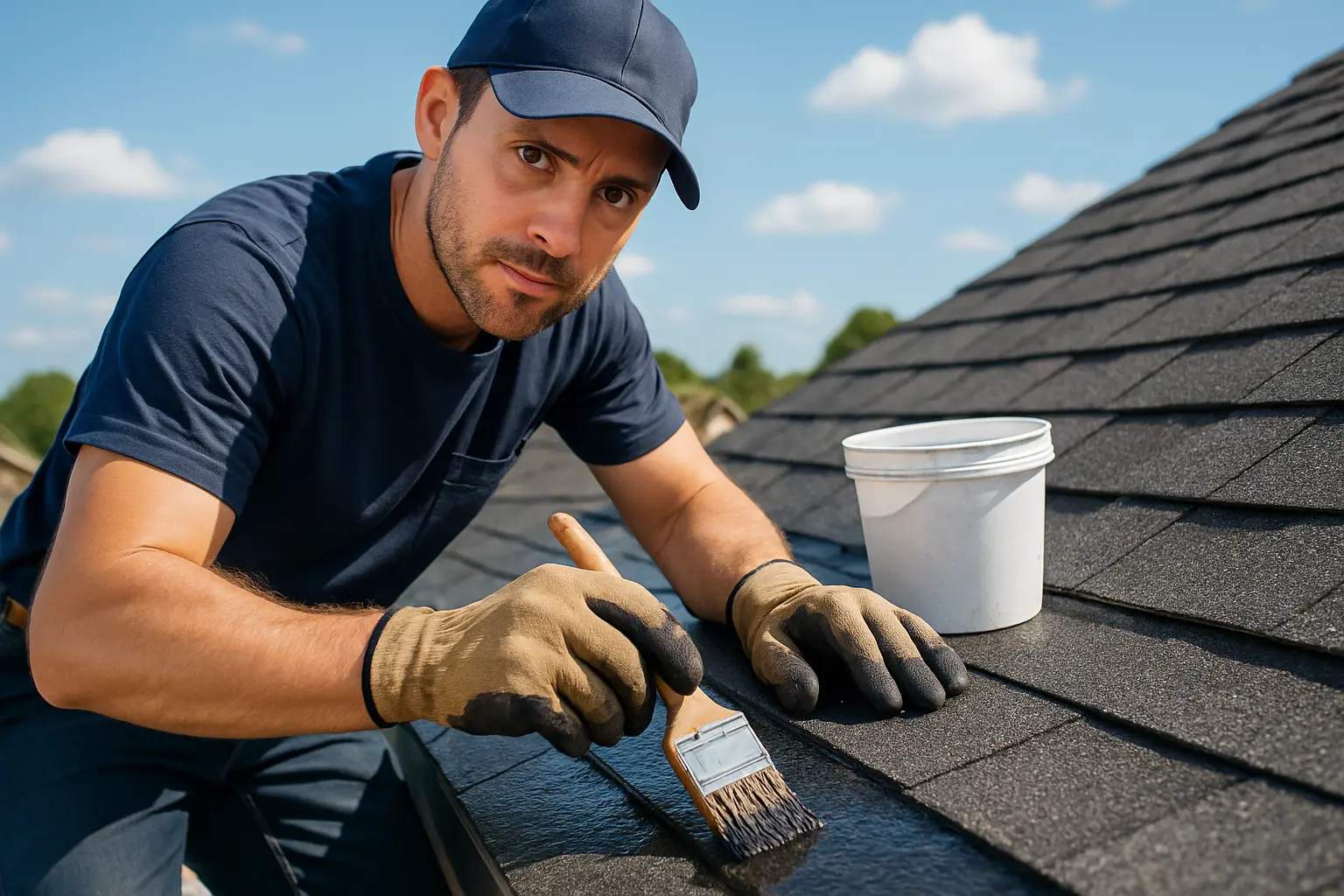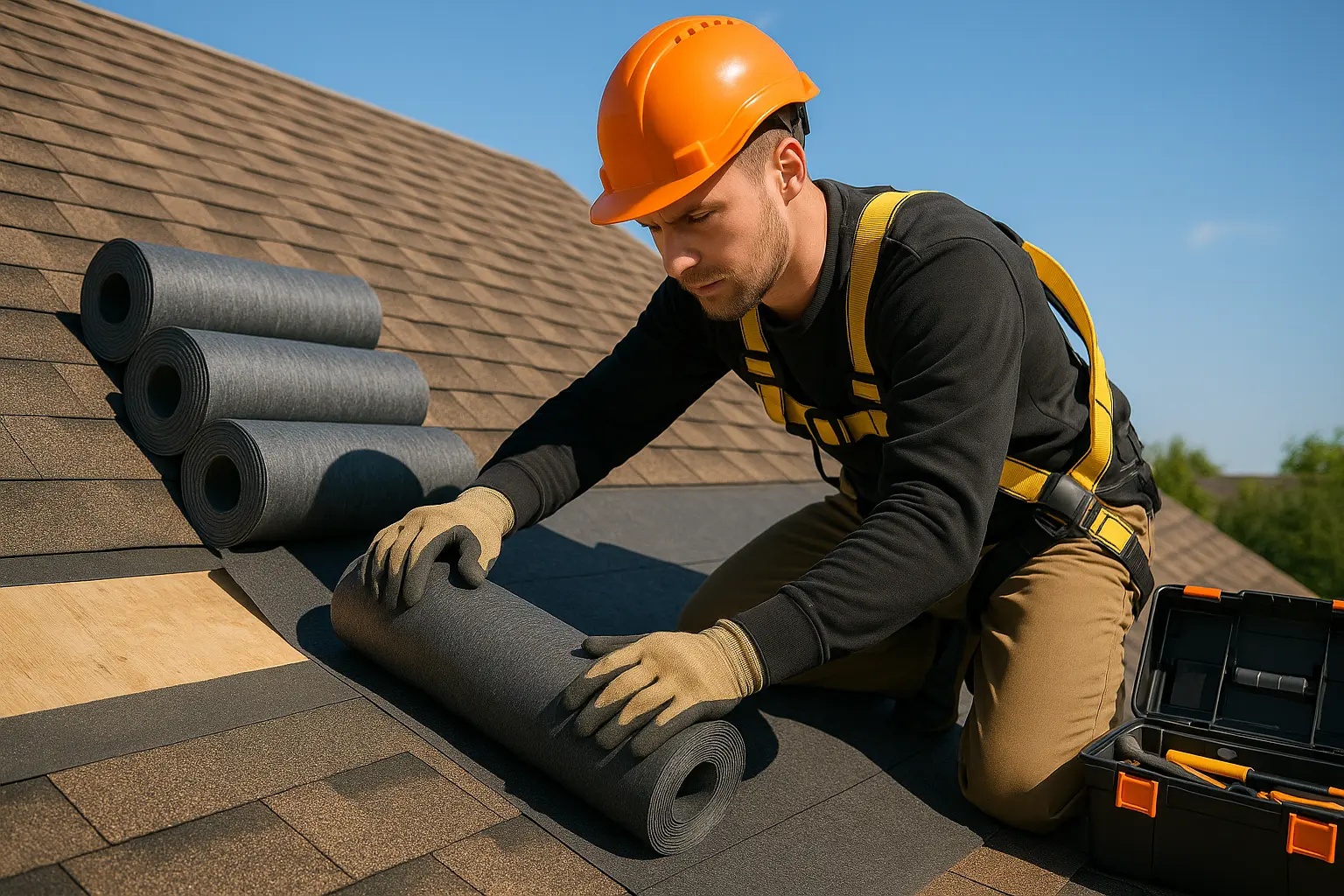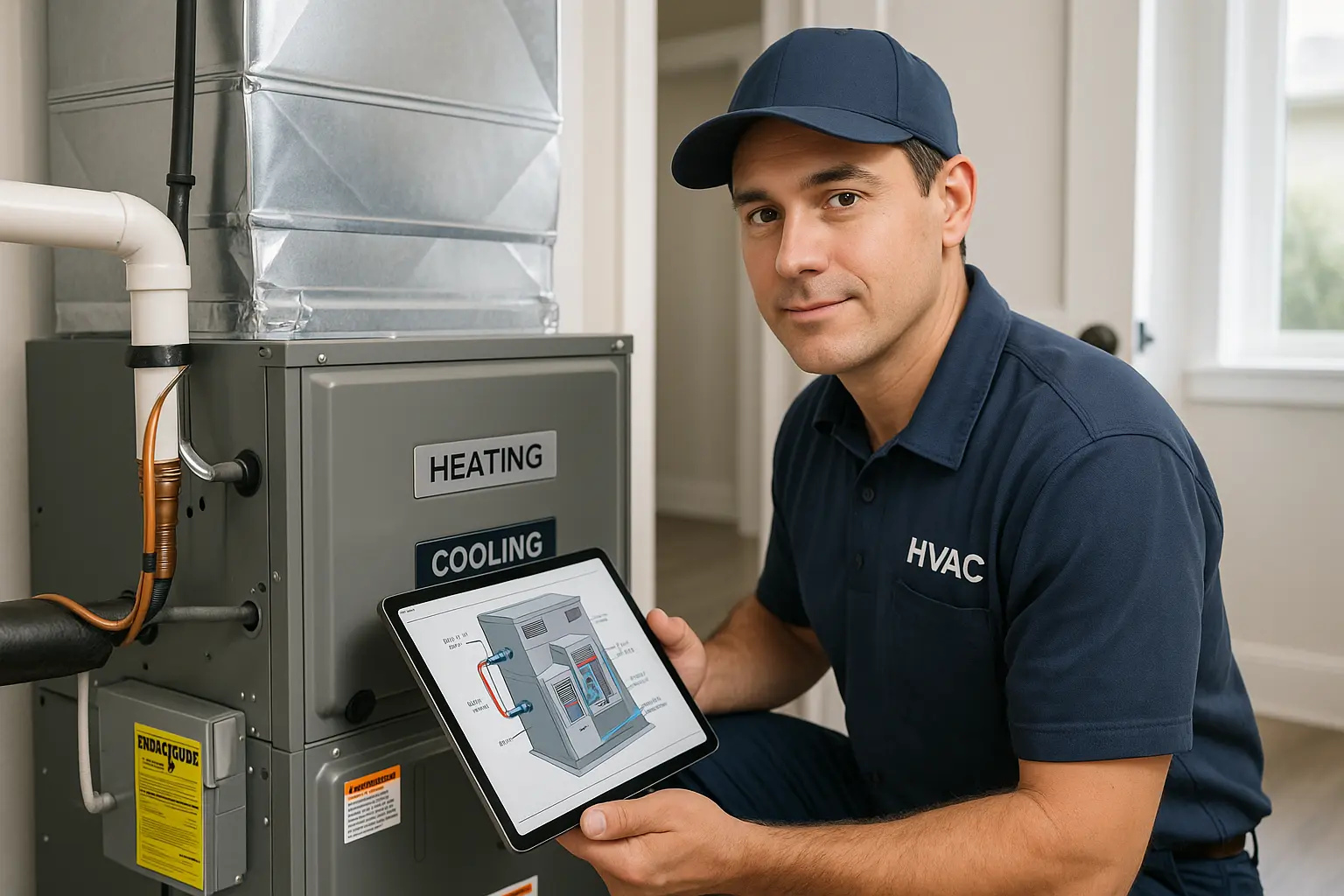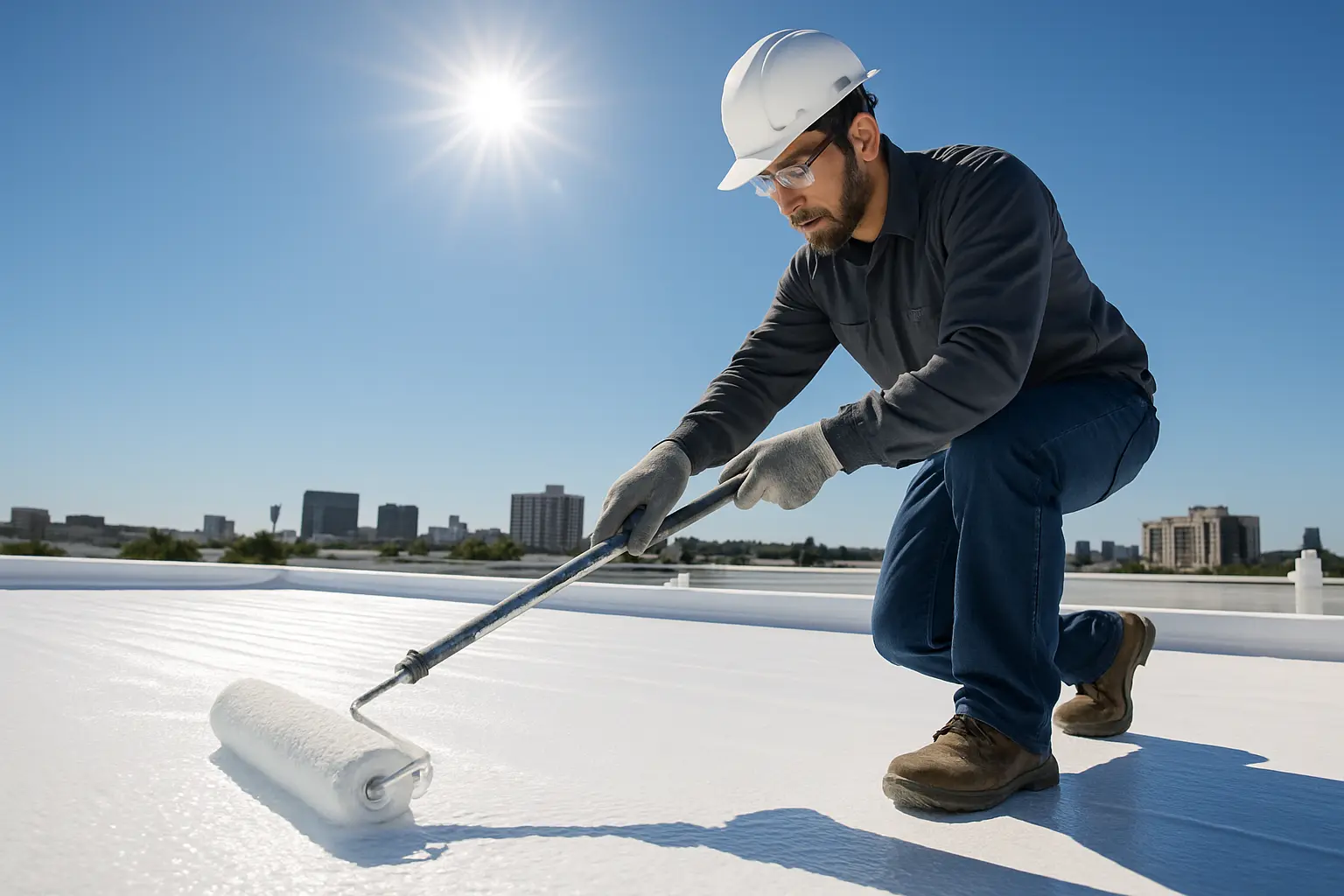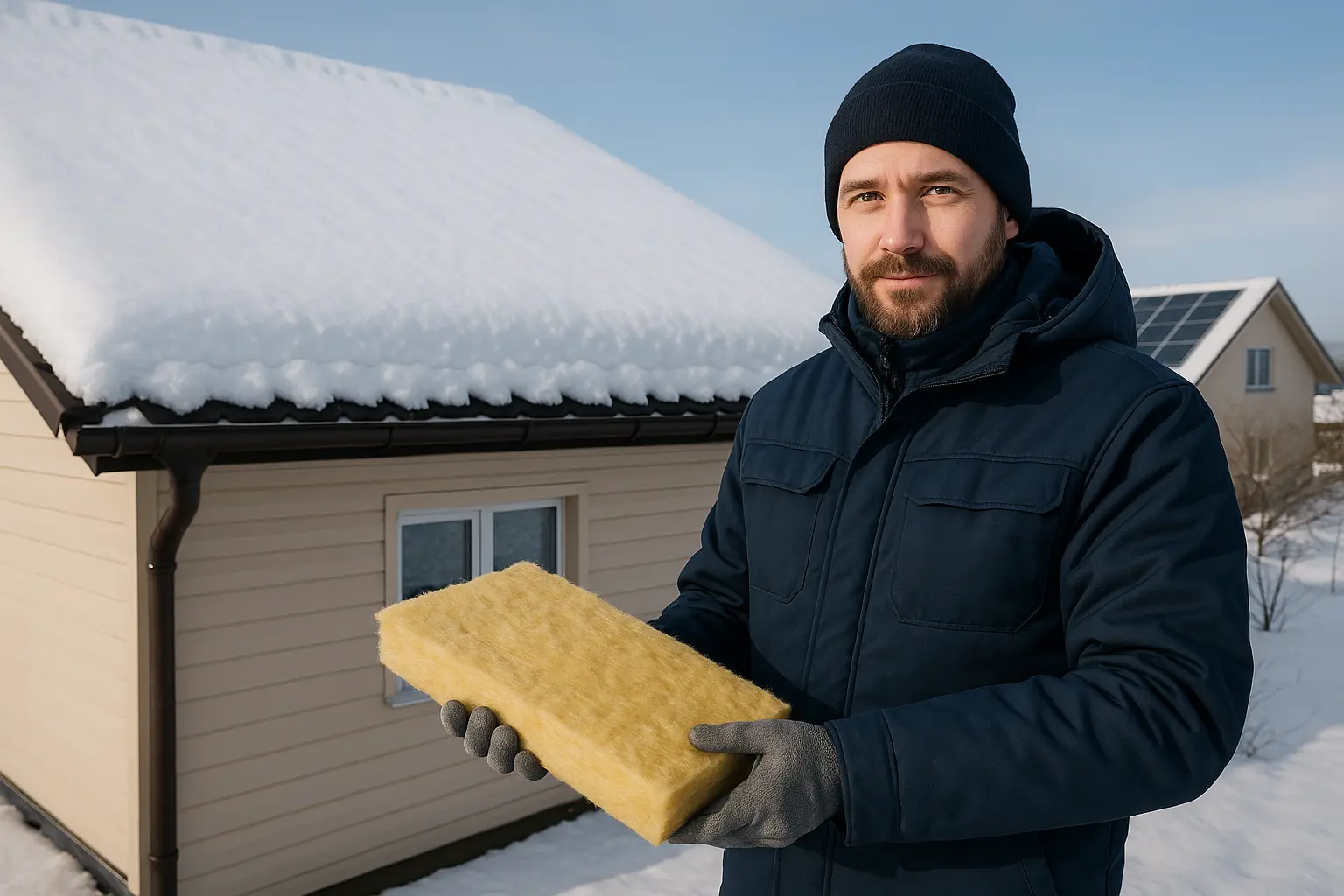Sealing, Flashing, Waterproofing Essentials
Fixing leaks and mitigating damage from troublesome roof seams and joints can be both expensive and nerve-wracking. Whether you own your home, manage properties, or oversee facilities, the upkeep of roof seams is essential for safeguarding your asset. This guide provides clear, practical steps and expert advice to help you repair your roof with confidence. By following these pointers, you not only save time but also lessen the financial burden linked to major roof fixes. With detailed examples and hands-on insights, you’ll learn how regular maintenance and careful decision-making in repair material selection can make a big difference in sealing, flashing, waterproofing your roof effectively.
Assessing Your Roof’s Condition
Any good repair project starts with understanding the current state of your roof. Before picking up a tool, take time to examine your roof carefully. This part of the process lays the groundwork for a successful fix by spotting early warning signs, which can prevent further damage and costly repairs. Keeping an eye on minor issues can also play a big part in a proper roof seam repair.
Sealing, Flashing, Waterproofing Tactics in Action
Begin with a comprehensive visual scan of your roof. Check closely for cracks, missing shingles, loose joints, or any wear that looks unusual. Even subtle changes like slight discoloration or minor misalignment of the seams can hint at bigger problems beneath the surface. For instance, one homeowner once noticed tiny gaps around a seam that soon turned into major water stains in the attic. Such small issues, when left unattended, tend to snowball into costly structural troubles. Include a look at both the interior and exterior of the roof to be safe. Sometimes a pair of binoculars can help inspect high or hard-to-reach spots, ensuring no damage goes unnoticed.
During this inspection, watch for water leaks. Water can trickle in slowly, creating damp spots that might be easily missed until they cause more serious damage. One effective tip is to simulate a rainstorm using a hose on different sections of the roof, while someone inside checks for moisture signs. This technique helps pinpoint the exact spots where water intrusion occurs and boosts the overall process of roof seam repair.
In cases where the damage is not obvious, professional help is another option. Experienced roof evaluators use tools like infrared cameras and moisture detectors to uncover hidden issues. Their insights can be invaluable, especially when subtle wear near chimneys or skylights might otherwise be overlooked. Investing in a thorough evaluation now can help avoid major headaches later on.
Choosing the Right Repair Materials
The success of any repair job rests on the choice of materials. Picking the correct products for your roof type not only keeps your roof looking good but also stands strong against harsh weather over time. Whether your roof is made from asphalt shingles, metal, or tiles, the right repair supplies are key for a long-lasting job.
Selecting Top-Tier Sealants
One of the biggest decisions during roof repairs is selecting the proper sealant. High-grade sealants, including silicone-based types, are popular for their strong weather resistance and flexibility. These products handle temperature swings, heavy downpours, and strong sunlight without breaking down. It’s important to match the sealant with the materials of your roof so that every repair contributes to superior sealing, flashing, waterproofing performance.
Always opt for sealants labeled for outdoor use on roofs. Their specialized formulations ensure that every repaired seam gets the protection it needs over time. Many roofing professionals trust certain brands that offer solid warranties and a track record of enduring performance. Taking the time to invest in quality products upfront can lead to fewer repair calls in the future. Additionally, user-friendly products that come with clear instructions can minimize errors, ensuring gaps and cracks are effectively sealed.
When you decide on your materials, consider both a patch or a full retrofit. For minor issues, a patch repair might suffice. This approach uses targeted sealants or patches to temporarily restore the roof’s water resistance. In contrast, widespread deterioration might call for retrofitting, a process that involves modern, robust materials to provide enhanced long-term protection. Often, a thoughtful roof seam repair plan involves weighing the age of your roof and the cost benefits of each method.
Exploring Eco-Friendly Choices
If you are mindful of the environment, there are green options available too. Many homeowners now choose eco-friendly roofing materials that help reduce energy costs. For example, reflective coatings can lessen heat absorption, aiding in temperature regulation and lowering the need for excessive cooling. These dual-purpose products contribute both to sealing, flashing, waterproofing your roof and to energy efficiency.
Eco-friendly sealants are also gaining popularity. Often made with low levels of volatile organic compounds (VOCs), these materials reduce environmental harm during application. Some products even meet green building standards and are produced using sustainable methods. In some retrofit cases, recycled composite materials provide performance similar to traditional options while cutting down on carbon output. With these choices, you can boost your roof’s longevity and promote environmental care simultaneously.
Executing Seam and Joint Repair
After you’ve taken stock of your roof’s condition and gathered the proper materials, it’s time to get hands-on with the repair work. A proper repair not only boosts your roof’s strength but also creates a solid, waterproof barrier that stands the test of time. Follow these detailed steps to achieve a finish that looks professional and lasts.
Preparation is Key
The first step is to properly prepare the repair area. Clean the spot with care, removing all dirt, leaves, and old, crumbling sealant. Use tools like a wire brush or a gentle pressure washer to ensure nothing interferes with the new materials. A spotless area is critical to make sure your new sealant adheres well and holds up over time. Additionally, protecting the surrounding sections with drop cloths can help limit unexpected damage to parts of the roof that aren’t being repaired.
Using a mild detergent during cleaning can help break down any sticky grime, leaving the surface pristine and ready for action. Careful preparation can make the difference between a temporary fix and a lasting roof seam repair.
Applying the New Materials
Once your area is prepped, carefully apply the repair materials. Whether you are using sealants or adhesive patches, make sure to fill every visible crack and let the product seep into tiny fissures that might otherwise allow water entry later. Think of it as painting a canvas – every stroke (or in this case, every layer) matters for a smooth finish. To boost your sealing, flashing, waterproofing performance, pay attention to manufacturer instructions while applying the product, ensuring thorough and even coverage.
For adhesive sections, pressing the patch securely over the problem area is key. The tool of choice, a caulking gun, aids in an even spread, minimizing any bubbles that might weakly bond the area. Some experts suggest applying both a layer of high-quality sealant followed by a reinforcing patch to maximize protection, especially where damage is deep-seated. This combined approach can yield excellent results in many roof seam repair situations.
Remember, correct application now means fewer nightmares later. A well-applied product sets the stage for durability and reliable protection against the elements, playing an important role in your overall sealing, flashing, waterproofing strategy.
Allowing the Repair to Set
Once you’ve applied your materials, allow the repair to cure without disturbance. Curing is as important as the work itself because it lets the sealants and patches bond securely with the existing roof surface. Follow each product’s guidelines to determine how long this period should be; factors like temperature and humidity can affect the curing speed. Taking your time during this phase can lead to a sturdier final result.
Avoid any foot traffic or pressure on the site until the repair has fully set. Scheduling a repair on a calm, dry day can help prevent unexpected issues during the curing phase. Sometimes, testing the sealant on a small hidden area first ensures that the chosen product behaves as expected. Such careful observation and patience go a long way for a lasting roof seam repair.
Maintaining Your Repairs Over Time
Fixing your roof seams is only one part of the process. Regular upkeep and inspection are key to ensuring that your investments in sealing, flashing, waterproofing hold up over the years. A proactive maintenance plan not only protects your property against harsh weather but also extends the life of your repairs.
Routine Inspections
Conducting regular checks is one of the simplest ways to maintain your roof. Setting aside time every season to look over your roof can help catch early signs of wear, such as small cracks or faint lifting of seams. These routine inspections form the backbone of any effective roof seam repair maintenance plan by addressing issues before they worsen.
Many property managers also find it useful to schedule quarterly evaluations for areas that have been repaired before. Keeping a log or photographic record of these inspections can help track the performance of your previous repairs. This ongoing vigilance ties directly into overall sealing, flashing, waterproofing efforts, ensuring your roof remains in top shape.
Ensuring Effective Drainage
Proper drainage is just as important as the repairs themselves. Clogged gutters and misaligned downspouts can cause water to pool near the repair sites, putting added pressure on the new sealant. Regularly cleaning gutters and confirming that downspouts are correctly directed away from critical areas are essential maintenance steps. Good drainage not only strengthens your roof seam repair but also improves the overall sealing, flashing, waterproofing outcome.
Monitoring how water flows during heavy rains can alert you to any blockages. Quick adjustments, like clearing obstructions or re-aligning parts of the gutter system, can keep the water moving away from the areas that need it most.
Regular Check-Ups by Professionals
While DIY inspections are very useful, having an expert review your roof annually can catch issues that might have slipped past you. Professionals come with specialized tools and years of experience to detect even the minor details that affect your roof’s overall health. An annual professional check-up reinforces your sealing, flashing, waterproofing strategy by making sure everything—from seams to flashing—is up to standard.
Many roofing specialists offer packages that include detailed inspections, cleaning, and minor touch-ups. These periodic assessments not only help extend the life of your roof but also can be very handy when dealing with warranty claims or potential property sales, adding an extra layer of assurance to your roof seam repair efforts.
Conclusion
Investing in the repair of your roof seams and joints is a smart move for both safety and financial peace of mind. By thoroughly checking your roof’s condition, using high-quality materials, and following a careful repair process, you build a robust defense against the elements. Whether you’re patching minor holes or retrofitting a larger area, every step you take contributes to effective sealing, flashing, waterproofing.
Moreover, regular maintenance – including scheduled inspections, monitoring drainage, and professional check-ups – ensures that your repairs stand up to time and weather. A proactive mindset in roof seam repair not only protects your home but also boosts its overall value and efficiency.
This guide has provided detailed insights and practical steps to help you manage roof repairs confidently. By taking a systematic approach and investing in the right methods and materials, every repair project becomes an opportunity to secure your home. Stay vigilant, and remember that a well-maintained roof is your best line of defense against unexpected challenges while ensuring reliable sealing, flashing, waterproofing for many years to come.

